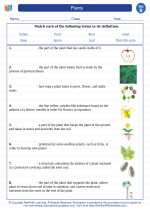Mosses: An Overview
Mosses are small, non-vascular plants that belong to the division Bryophyta. They are one of the most primitive plant groups and are found in damp or shady locations, such as forests, marshes, and rock crevices. Mosses play an important ecological role as they help in soil formation and water retention. They also provide habitats for small invertebrates and insects.
Structure and Reproduction
The body of a moss plant is composed of tiny leaf-like structures called "leaves" and stems. Mosses reproduce through spores, which are produced in the capsule-like structures at the tip of the stems. When the spores are released, they can germinate and develop into new moss plants.
Life Cycle
The life cycle of mosses involves alternating generations between the gametophyte and sporophyte stages. The gametophyte is the dominant stage and produces the male and female reproductive organs. When the sperm from the male organ fertilizes the egg in the female organ, it forms a zygote that develops into the sporophyte, which remains attached to the gametophyte and produces spores.
Study Guide
- What is the ecological role of mosses?
- Describe the structure of a moss plant.
- How do mosses reproduce?
- Explain the life cycle of mosses.
- Where are mosses commonly found?
◂Science Worksheets and Study Guides Second Grade. Plants
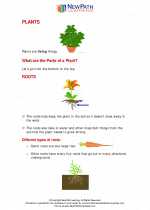
 Activity Lesson
Activity Lesson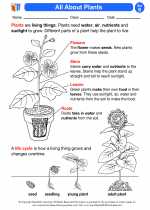
 Activity Lesson
Activity Lesson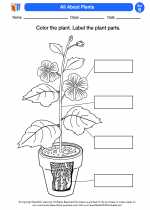
 Worksheet/Answer key
Worksheet/Answer key
 Worksheet/Answer key
Worksheet/Answer key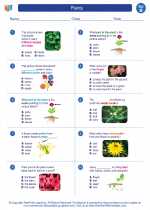
 Worksheet/Answer key
Worksheet/Answer key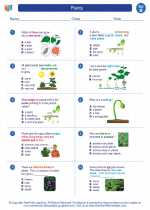
 Worksheet/Answer key
Worksheet/Answer key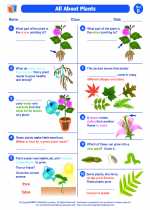
 Vocabulary/Answer key
Vocabulary/Answer key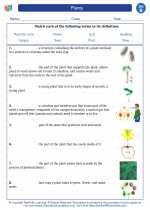
 Vocabulary/Answer key
Vocabulary/Answer key